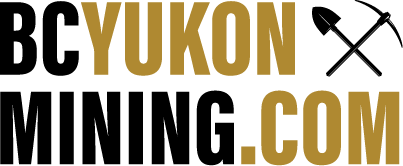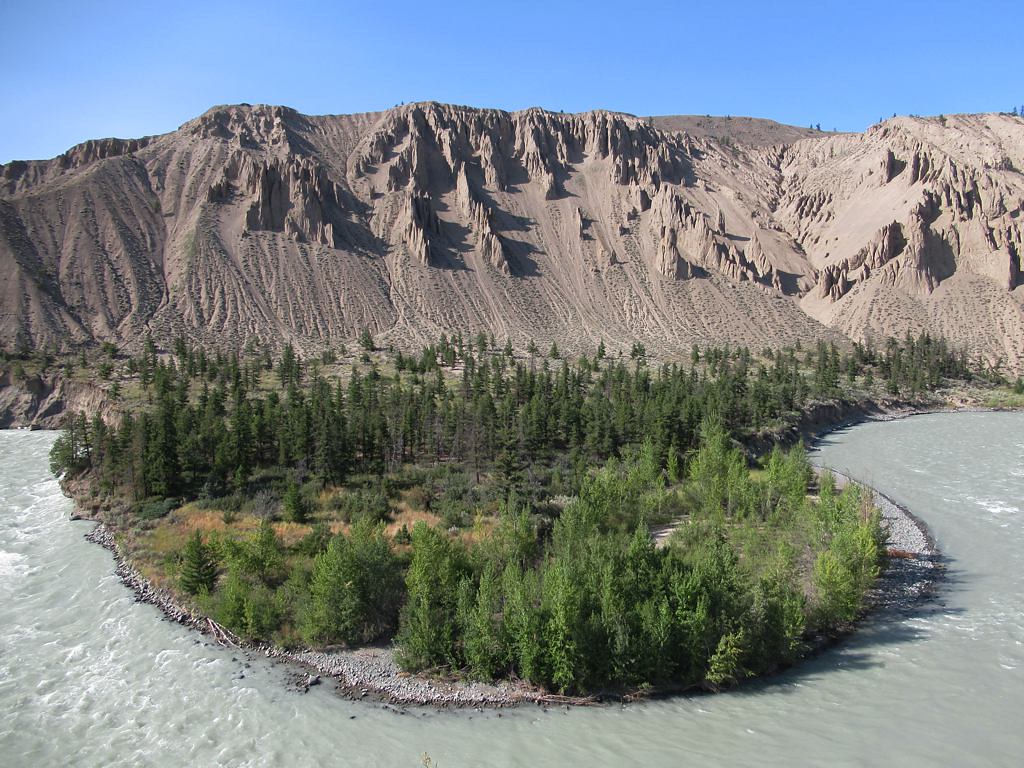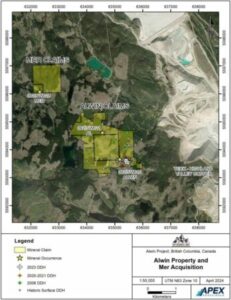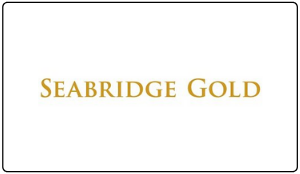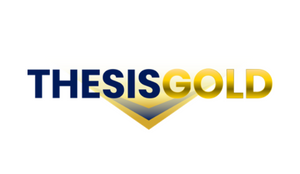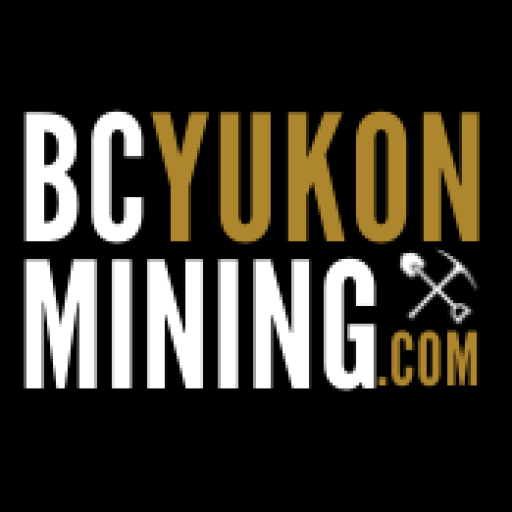Photo Credit: David Stanley, sourced from Flickr, of the Chilcotin River and Farwell Canyon. August 2021.
The Tsilhqot’in decision by the Supreme Court of Canada on June 26, 2014, granted the declaration of Indigenous title to 438,000 hectares of land west Williams Lake, to the Tsilhqot’in Nation. For the first time in Canada indigenous title was confirmed outside of a reserve, ending a complex legal journey which began 1998, when the Tsilhqot’in Nation objected to British Columbia issuing private logging authorizations in their traditional territory.
In making it’s decision, the Supreme Court of Canada unanimously confirmed that the Tsilhqot’in Nation – which had never entered into treaty with Canada or British Columbia – still possessed Indigenous title to the land. By issuing the logging authorizations, British Columbia had effectively transferred indigenous property rights to a third-party (the logging licensees) when, in fact, the provincial government had a duty to first consult with the Tsilhqot’in.
Tsilhqot'in put to rest the "dots-on-a-map theory of Aboriginal title. Regular use of definite tracts of land on a territorial basis for hunting, fishing and otherwise exploiting resources is sufficient to establish Aboriginal title."
Bruce McIvor, First Peoples Law, January 2015
Prior to this decision, the concept of Indigenous title was not well defined in Canadian law. For instance, in this case, the Government of BC proceeded based on an understanding that indigenous title existed only at sites that historically had been intensively used by the community, such as villages, the Tsilhqot’in decision allowed that indigenous title included the entire traditional territory.
The Court stated that Indigenous title is a right to use and occupy lands for a variety of purposes, including traditional and cultural practices, and that this right is distinct from the right to alienate or transfer the lands to third parties. The Court also emphasized that Indigenous title is a communal right, held by First Nations as a whole, rather than by individual members.
The Tsilhqot’in decision was a game changer. In clarifying the law, not only did it confirm the Crown’s obligation to consult and accommodate but it also exposed risks for both industry and government for those projects where consultation had not happened. Most significantly, the decision changed treaty negotiations. Many First Nations declined to sign modern treaties, is that the treaty process prevented them from negotiating title to all of their traditional lands. (Alcantara and Morden, 2015). After ‘Tsilquo’tin’, First Nations gained more leverage, and all stakeholders gained new understandings about indigenous title and how to approach First Nations partnerships.
Sources and Good Reads:
Alcantara, C., & Morden, M. (2015, May 4). Aboriginal title one year after Tsilhqot’in. Policy Options. https://policyoptions.irpp.org/magazines/is-it-the-best-of-times-or-the-worst/alcantara-morden/
Caulfield, P. (n.d.). The reality of the tsilhqot’in decision. Amebc.Ca. Retrieved February 16, 2023, from https://amebc.ca/the-reality-of-the-tsilhqotin-decision-the-supreme-court-of-canada-decision-has-important-and-potentially-positive-implications-for-b-c-mineral-explorers/
Historic treaties and treaty first nations in Canada infographic. (2013, September 26). Rcaanc-Cirnac.Gc.Ca. https://www.rcaanc-cirnac.gc.ca/eng/1380223988016/1544125243779
McCue, D. (Last Updated: December 23 2014). Tsilhqot’in land ruling was a game changer for B.C. CBC News. https://www.cbc.ca/news/indigenous/tsilhqot-in-land-ruling-was-a-game-changer-for-b-c-1.2875262
University of British Columbia. (n.d.). Aboriginal title. https://Indigenousfoundations.Arts.Ubc.ca/Aboriginal_title/. Retrieved February 19, 2023, from https://indigenousfoundations.arts.ubc.ca/aboriginal_title/
What tsilhqot’in and grassy narrows mean for treaty first nations. (n.d.). Firstpeopleslaw.com. Retrieved February 19, 2023, from https://www.firstpeopleslaw.com/public-education/blog/what-tsilhqotin-and-grassy-narrows-mean-for-treaty-first-nations

Norm Adams
Norm Adams, MBA, is co-founder of BCYukonMining.com, consultant, and professional business coach with thirty years experience working with public and private corporations in Canada and the United States. He is partner in Pivotleader Inc, which provides coaching and training strategies to grow small and medium sized businesses.
Norm lives on the unceded traditional territory of the Lheidli T’enneh First Nation, works part of the Dakelh (Carrier) peoples' territory.
